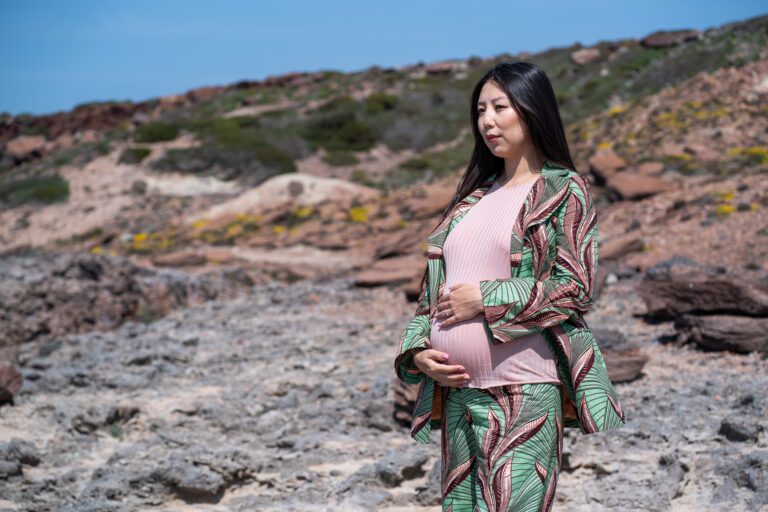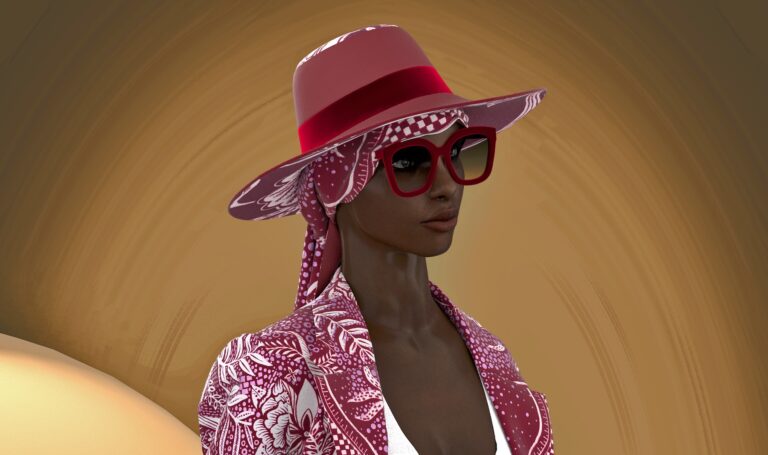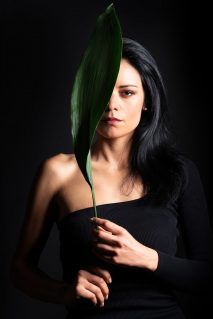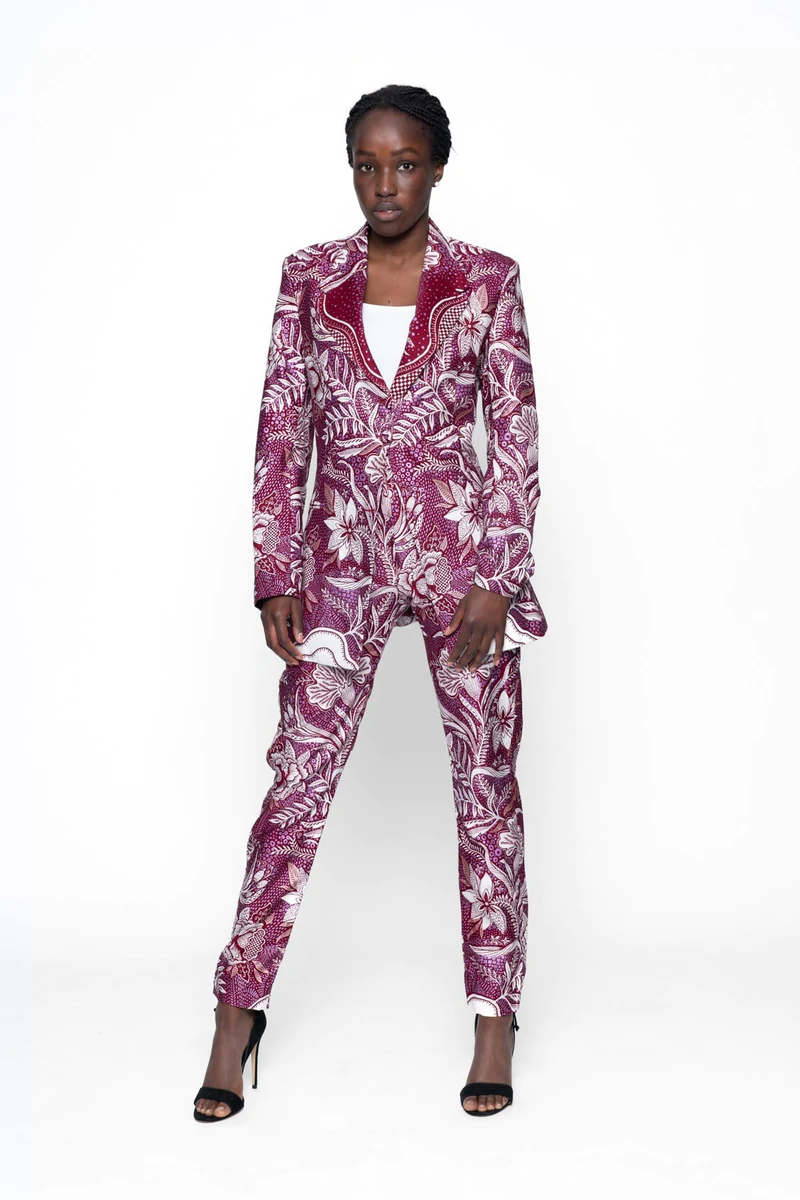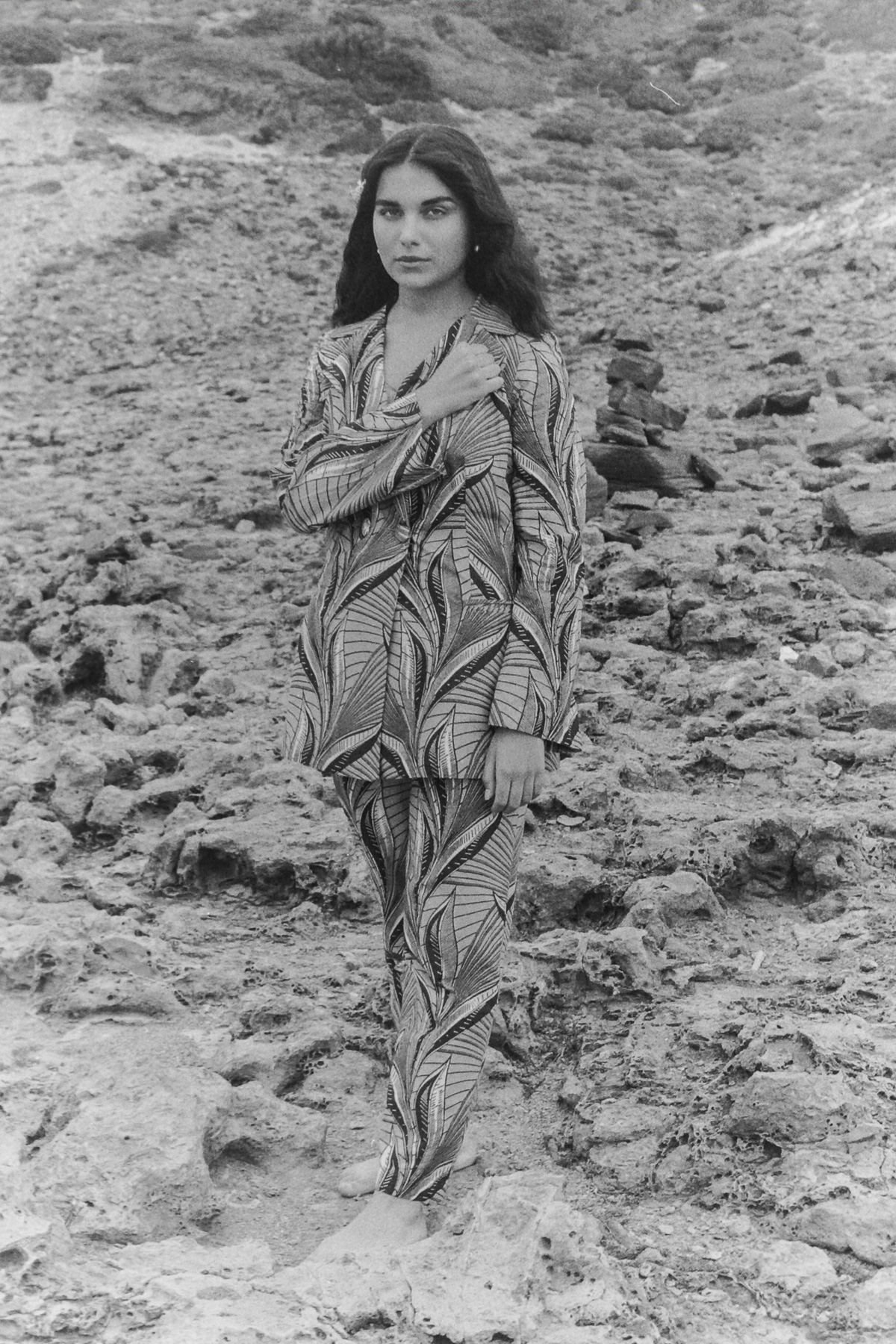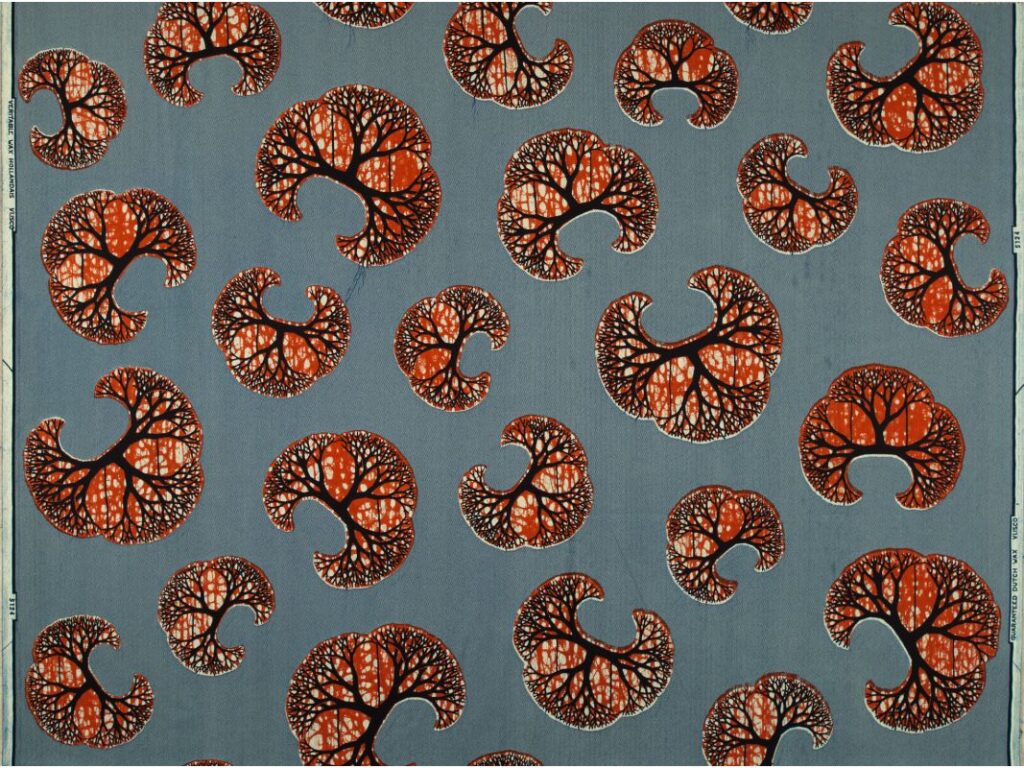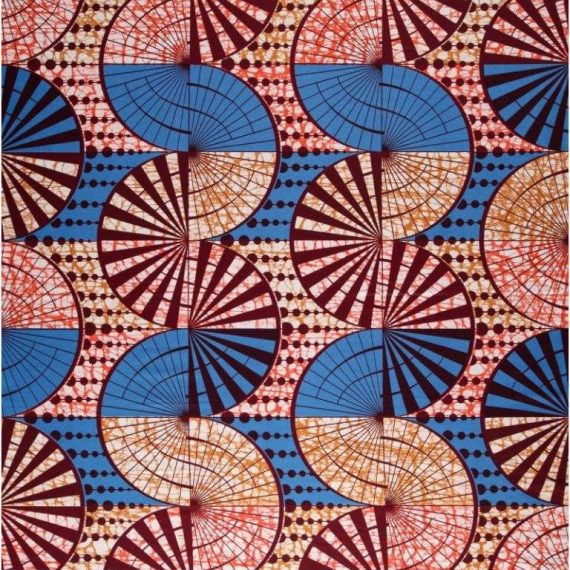Intricate and colorful, with a soft sheen that reflects the light, Java fabrics remind us of the connection between the Dutch fabric house Vlisco and its Indonesian-influenced beginnings. Vlisco’s original designers first started interpreting traditional Javanese Batik prints in the late 19th century, and its vivid Java prints continue to pay homage to these ancient techniques today.
How does Java fabric differ from Wax Hollondais?
The difference lies in the intricate nature of its designs, and the manufacturing process it takes to achieve them. There is no wax used — instead, the cotton fabric is printed using engraved and punctured screens, on which high pressure is applied with rollers. This means that up to nine different colours of dyes and inks can be pressed into the textile, and, unlike Wax fabrics, Java is printed on one side only.
One of the most notable Java designs, famous throughout the African culture, is the Angelina print, which is often used on the “Dashiki” shirt. An icon of 60s and 70s pop culture up, it can also seen in the Fire Compass Dress by Maakola.
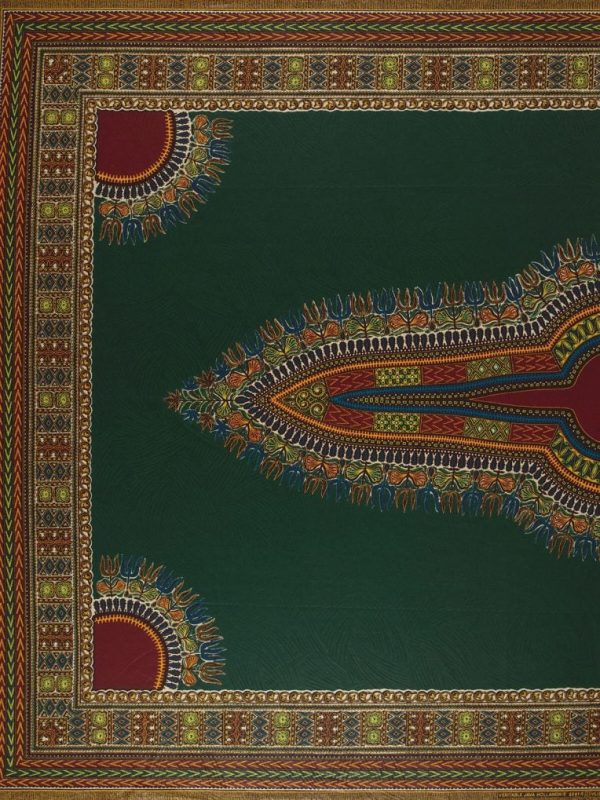
How to care for Java Fabric
Java fabrics are made of 100% premium cotton in 120 gr/m² grammage, perfect for shirts and lightweight dresses. They are very easy to care for — washing them in 40°C water is just fine, and iron at maximum temperature 150°C. Just make sure to turn them inside out first.

